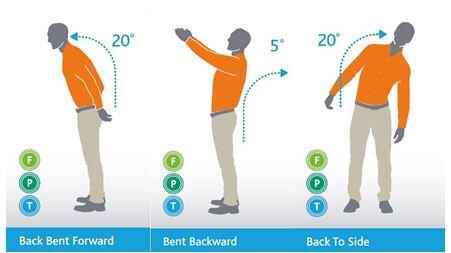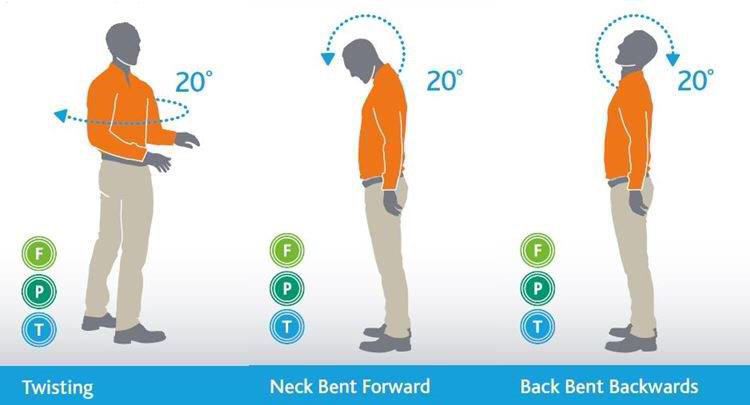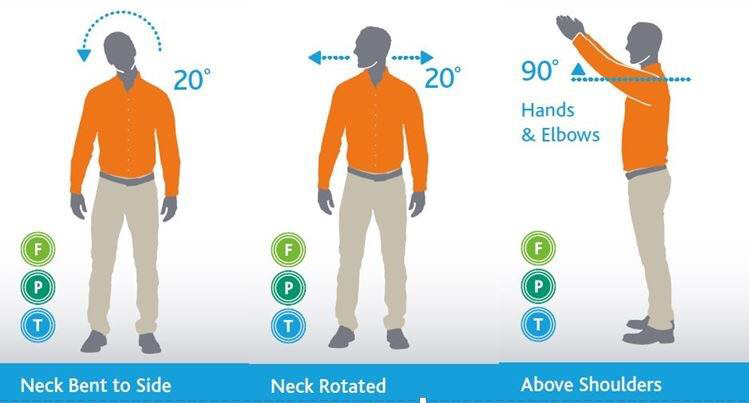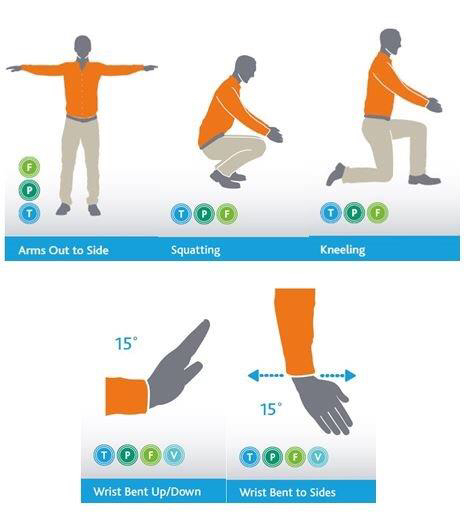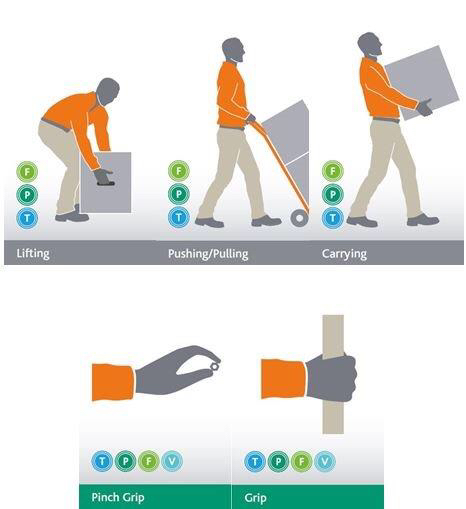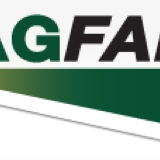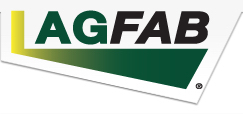Title Page
-
HAZID Title
-
HAZID Site
-
Conducted on
-
Report Prepared by:
ATTENDEE SIGNOFF SHEET
ATTENDEES PARTICIPATING IN THE HAZID
-
Add signature
-
Add signature
-
Add signature
-
Add signature
-
Add signature
-
Add signature
-
Add signature
-
Add signature
-
Add signature
-
Add signature
-
Add signature
-
Add signature
HAZID Checklists to be used:
-
- MANUAL HANDLING HAZID CHECKLIST
- HIGH VOLTAGE HAZID CHECKLIST
- FALL PREVENTION HAZID CHECKLIST
- NOISE CHECKLIST HAZID CHECKLIST
- PLANT HAZID CHECKLIST
- CHEMICAL HAZID CHECKLIST
- CONFINED SPACE ENTRY HAZID CHECKLIST
MANUAL. HANDLING HAZID Checklist
MANUAL HANDLING VISUAL CHECKLIST
-
MANUAL HANDLING Any activity that requires a person to exert force to lift, lower, push, carry or otherwise move, hold or restrain any animate or inanimate object.
-
MUSCULOSKELETAL DISORDER (MSD) Any injury to, or a disease of the musculoskeletal system, wether occurring suddenly or over time. It does not include and injury caused by crushing, entrapment or cutting resulting from mechanical operation of plant.
-
FORCE The amount of muscular effort required to perform a movement and can be: Repetitive force - using force repeatedly over a period of time. Sustained force - force is continuous without a break. High force - physically very demanding ( heavy ). Sudden force - jerky or unexpected movements.
-
POSTURE The position of various parts of the body during any activity. Good posture occurs when a neutral position is maintained by the joints and muscles being used near the middle of the full range of motion.
-
AWKWARD POSTURES The further a joint moves towards either end of its range of motion ( away from neutral ) the more awkward the posture becomes. This puts a strain on the muscles, tendons and ligaments around the joint.
-
LEDGEND - If an awkward posture is identified, check the appropriate box beside its picture. V - If sustained vibration is involved F - If force is applied while in the awkward posture and the level of force is noted as a concern P - If the same posture/movement is performed repeatedly ( more than twice a minute and/or held for more than 30 seconds at a time ) T - If the task must be performed for a long period of time without a change in posture/activity
AWKWARD/STATIC POSTURES
-
-
- T - If the task must be performed for a long period of time without a change of posture/activity
- P - if the same posture/movement is performed repeatedly ( more than twice per minute and/or held for more than 30 seconds at a time
- F - If force is applied while in an awkward posture and the level of force is noted as a concern
- V - If sustained vibration is involved
- Not Applicable
-
-
-
- T - If the task must be performed for a long period of time without a change of posture/activity
- P - if the same posture/movement is performed repeatedly ( more than twice per minute and/or held for more than 30 seconds at a time
- F - If force is applied while in an awkward posture and the level of force is noted as a concern
- V - If sustained vibration is involved
- Not Applicable
-
-
-
- T - If the task must be performed for a long period of time without a change of posture/activity
- P - if the same posture/movement is performed repeatedly ( more than twice per minute and/or held for more than 30 seconds at a time
- F - If force is applied while in an awkward posture and the level of force is noted as a concern
- V - If sustained vibration is involved
- Not Applicable
-
-
-
- T - If the task must be performed for a long period of time without a change of posture/activity
- P - if the same posture/movement is performed repeatedly ( more than twice per minute and/or held for more than 30 seconds at a time
- F - If force is applied while in an awkward posture and the level of force is noted as a concern
- V - If sustained vibration is involved
- Not Applicable
-
MANUAL MATERIAL HANDLING
-
-
- T - If the task must be performed for a long period of time without a change of posture/activity
- P - if the same posture/movement is performed repeatedly ( more than twice per minute and/or held for more than 30 seconds at a time
- F - If force is applied while in an awkward posture and the level of force is noted as a concern
- V - If sustained vibration is involved
- Not Applicable
-
OTHER COMMENTS
-
Add Additional Photos
CHECKLIST SIGNOFF
-
Person completing the checklist:
Note* This is an IAuditor version of form CORP H&S 027.4
HIGH VOLTAGE Checklist
Step 1: Known Incident History
Step 2: Emergency Considerations
Step 3: Conduct a Visual Inspection
-
Is there required signage in place ?
-
Is fencing intact ?
-
Is the facility secured against un-authorised access ?
-
Are relevant environmental controls effective ?
-
Is vegetation maintained around the asset ?
-
Are there any water leaks ?
-
Is there any evidence of wildlife activity ? (possums-birds-rats, other)
-
Are there signs of corrosion ?
-
Are there unusual smells indicating PD overheating ?
-
Is there unusual noise ? (hissing due to corona, noise from vibration)
-
All earth connections in order ?
-
Are all access covers in place and secure ?
-
Is there clear access/egress from switch rooms ?
-
Is there any unauthorised storage ?
-
Is the area adequately lit ?
-
Is the area clean and tidy ?
-
Are there signs of oil leaks from HV apparatus ?
-
Are all SF6 gas indicators registering healthy pressure ?
-
Is the crushed rock layer in proper order ?
-
Is the switching equipment properly locked ?
-
Are the poles leaning, rotten or damaged ?
-
Are there adequate clearances maintained between live conductors and to earth ? (especially in overhead conductors)
-
Is switchgear/ equipment labelled ? (asset tag, pole numbers, etc)
-
Is the transformer oil bunding in good order ?
-
Do all protection relays appear to be functioning ?
OTHER COMMENTS
-
Add Additional Photos
CHECKLIST SIGNOFF
-
Person completing the checklist:
Note* This is an IAuditor version of form CORP H&S 027.3
PLANT HAZID Checklist
PLANT HAZID Checklist
Plant HAZID Steps
-
Step 1: Review all available information (Such as Design Standards, manufacturing guidelines,Standard Operating Procedures, TRAS's)
-
Step 2: Review known incident history with this plant
-
Known Incident History:
-
Step 3: List the types of work (Discuss and list tasks completed by operators and maintainers when working with the plant)
Operator Tasks
-
Task 1:
-
Task 2:
-
Task 3:
-
Task 4:
-
Task 5:
Maintainer Tasks
-
Task 1:
-
Task 2:
-
Task 3:
-
Task 4:
-
Task 5:
-
Step 4: Consideration of emergency situations, such as: (Potential for entanglement or entrapment while working with moving equipment) (Equipment failures when working at heights)
-
Emergency situations:
-
Step 5: Hazard identification and controls
Mechanical Hazards
-
Rotating shafts, pillows,sprockets and gears
-
Hard surfaces moving together
-
Scissor or shear action
-
Sharp edges
-
Cable or hose connection trip hazards
-
Broken or ejected ojbjects
Non-Mechanical Hazards
-
Emissions released by plant
-
Mist, fumes, vapours and dust, oil leaks
-
Noise
-
Laser, ultraviolet light
-
Poor light levels
-
Heat/cold, steam
-
Damaged conduits, switches, other electrical components
Access Hazards
-
Safe access for work and materials
-
Awkward work posture
-
Access or egress or and from the work area
-
Use of high force to handle components
Energy Sources
-
Step 6: isolation and lockout of energy sources (Identify and discuss plant energy sources) (Discuss how energy sources are de-energised and how isolation points are locked out when conducting operations and maintenance tasks) (If plant cannot be de-energised or isolation points cannot be locked out then improvement actions are required)
-
Electrical<br>(Mains, capacitors, batteries)
-
- The energy sources CAN be de-energised
- The energy sources CANNOT be de-energised
- The isolation points CAN be locked out
- Isolation points CANNOT be locked out
-
Fuels
-
- The energy sources CAN be de-energised
- The energy sources CANNOT be de-energised
- The isolation points CAN be locked out
- Isolation points CANNOT be locked out
-
Cold, heat or steam
-
- The energy sources CAN be de-energised
- The energy sources CANNOT be de-energised
- The isolation points CAN be locked out
- Isolation points CANNOT be locked out
-
Fluids or gasses under pressure
-
- The energy sources CAN be de-energised
- The energy sources CANNOT be de-energised
- The isolation points CAN be locked out
- Isolation points CANNOT be locked out
-
Stored energy <br>(Springs, water head)
-
- The energy sources CAN be de-energised
- The energy sources CANNOT be de-energised
- The isolation points CAN be locked out
- Isolation points CANNOT be locked out
-
Gravity<br>
-
- The energy sources CAN be de-energised
- The energy sources CANNOT be de-energised
- The isolation points CAN be locked out
- Isolation points CANNOT be locked out
-
Radiation
-
- The energy sources CAN be de-energised
- The energy sources CANNOT be de-energised
- The isolation points CAN be locked out
- Isolation points CANNOT be locked out
-
Chemicals
-
- The energy sources CAN be de-energised
- The energy sources CANNOT be de-energised
- The isolation points CAN be locked out
- Isolation points CANNOT be locked out
-
Step 7: Checklist for specific types of plant (Identify and discuss as a group which of the checklists below are applicable for the plant item you are assessing)
-
Operator Controls (If you answer NO to any of the following questions you have likely identified a gap and additional controls are required)
-
Are controls for the plant clearly identified ?
-
Conveniently operated by persons using the plant ?
-
Located or guarded to prevent unintentional activation ?
-
Able to be locked into the off position and all motive power disconnected ?
-
Are the controls located away from any Line of Fire risks ( operator potentially at risk if there is an unplanned release of energy)
-
Emergency stop & warning devices (If you answer NO to any of the following questions you have likely identified a gap and additional controls are required)
-
Is the emergency stop clearly marked ?<br>Coloured Red ?<br>Immediately accessible ?
-
Emergency stop cannot restart after a stop control has been used unless reset ?
-
Warning device positioned to work to best effect ?
OTHER COMMENTS
-
Add Additional Photos
CHECKLIST SIGNOFF
-
Person completing the checklist:
Note* This is an IAuditor version of form CORP H&S 027.6
NOISE HAZID Checklist
NOISE HAZID Checklist
-
List areas and equipment with noise and make a determination if a noise assessment is required.
-
Area 1:
-
Area 2:
-
Area 3:
-
Area 4:
-
Area 5:
-
Area 6:
-
Area 7:
-
Area 8:
-
Area 9:
-
Area 10:
-
Answer the following questions to determine if a noise assessment is required.
-
Are noise signs in the area ?
-
Do labels or information attached to the equipment indicate that noise greater than 60Db.
-
Do you have records of previous noise tests ? Do sound levels exceed 82Db (A) or peak sudden sounds exceed 120Db (C)
-
When standing 1mt apart, do people have to raise their voices to have a conversation ?
-
Are there any irregular or sudden loud noises ?
-
Do tasks involve tapping, hitting, bashing or other action that may generate loud noises ?
-
Does the assessor believe the work area has excessive noise ?
-
Are there any historical noise assessments for this area, plant or equipment ?
-
If you answered Yes to any of the above questions then consider whether a noise assessment is required.
OTHER COMMENTS
-
Add Additional Photos
CHECKLIST SIGNOFF
-
Person completing the checklist:
Note* This is an IAuditor version of form CORP H&S 027.5
FALL PREVENTION HAZID Checklist
Step 1: Working at heights hazard identification
-
Review the pick list and identify areas where fall hazards exist.
- Yes
- No
- N/A
Contributing factors and control measure questions ?
-
Review the following questions and discuss any contributing factors, existing controls and if further controls are required.
-
Are edges with a fall hazard protected ?
-
Are there any holes, openings or excavations that require guarding ?
-
Are there any fragile or brittle surfaces that require inspection ?
-
Are permanent access points for tanks secured ?
-
Are there trip hazards that require highlighting, treatment or guarding ?
-
Are there slip hazards that require treatment or guarding ?
-
Are access points restricted, secured and clearly signed ?
-
Are there any unusual hazards that require a hazard, warning or danger sign ?
-
Do fall arrest systems have installation and inspection plates ?
-
Do materials and equipment need to be moved into the work area ?
-
Could people be in unsafe areas below the location ?
OTHER COMMENTS
-
Add Additional Photos
CHECKLIST SIGNOFF
-
Person completing the checklist:






